Tech
How the Galaxy Watch 7’s Exynos W1000 stacks up against last gen’s W930
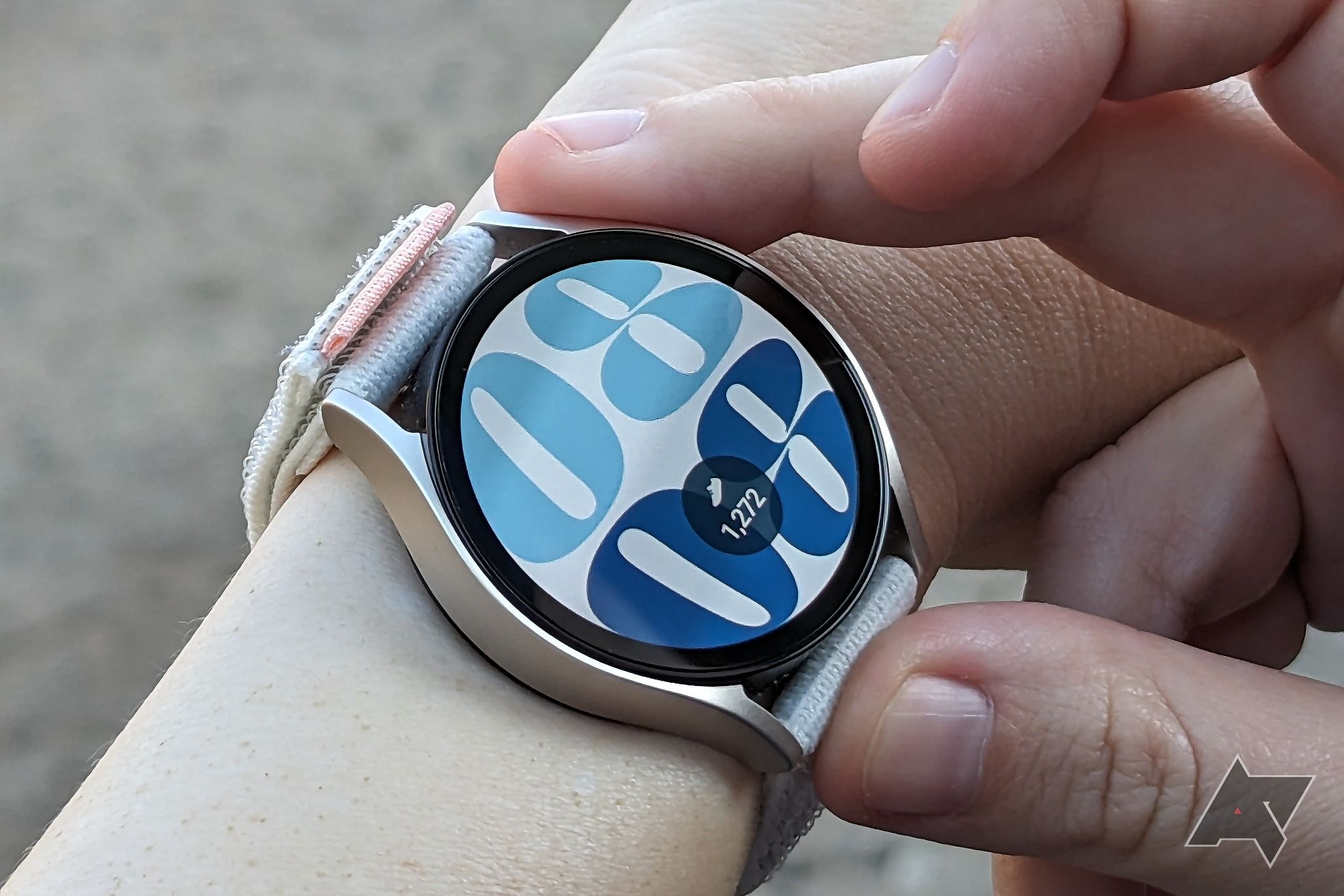
Samsung unveiled its latest wearables, including the Galaxy Watch 7 and, for the first time, the Galaxy Watch Ultra and Galaxy Ring, at the recent Unpacked event. While the Galaxy Watch 7 doesn’t come with a lot of design changes, it packs the latest Exynos W1000 processor, which brings many improvements over its predecessor. Here, we compare the Exynos W1000 with the Exynos W930, which powered the previous generation Galaxy Watch 6, and check out the upgrades you can expect from Samsung’s latest wearables.
Related
The Samsung Galaxy Watch Ultra takes Android smartwatches to the extreme
That ‘Ultra’ branding is a little on the nose, though
Exynos W1000 vs Exynos W930: Specs comparison
|
Feature |
Exynos W1000 |
Exynos W930 |
|---|---|---|
|
Manufacturing Process |
3nm |
5nm |
|
CPU Configuration |
1x Cortex-A78 @ 1.6GHz + 4x Cortex-A55 @ 1.5GHz |
2x Cortex-A55 @ 1.4GHz |
|
GPU |
Mali-G68 MP2 |
Mali-G68 MP2 |
|
Display Support |
qHD (960×540), 640×640 |
qHD (960×540) |
|
Network Speeds |
LTE 150Mbps download / 75Mbps upload |
LTE 150Mbps download / 75Mbps upload |
|
Navigation Technologies |
Dual-frequency GPS, GLONASS, Beidou, Galileo |
GPS, GLONASS, Beidou, Galileo |
|
Storage Capacity |
eMMC 32GB |
eMMC 16GB |
CPU and performance
Noticeable upgrades here
Looking at the specs, you’ll notice that the biggest upgrade in the Exynos W1000 from the Exynos W930 is its more advanced 3nm fabrication process, compared to the 5nm on the previous generation chipset. What this essentially means is that Samsung was able to pack more transistors into the same area, which in turn means you can expect a significant jump in performance and efficiency.
In terms of CPU, the W1000 is far superior with its 5-core configuration, featuring one high-performance Cortex-A78 core clocked at 1.6GHz and four Cortex-A55 cores at 1.5GHz. In contrast, the Exynos W930 only offers a dual-core setup with two Cortex-A55 cores at 1.4GHz. It’s also worth noting that even the lower-clocked cores in the newer Exynos W1000 are faster than both performance cores of the W930.
But what does this translate to? Well, Samsung says you can expect up to 3.4x faster single-core performance, 3.7x faster multi-core performance, and 2.7x quicker app launch times compared to the Galaxy Watch 6. This is a significant year-on-year improvement, and this change alone could make the Galaxy Watch 7 and Galaxy Watch Ultra the most powerful Wear OS smartwatches available now.
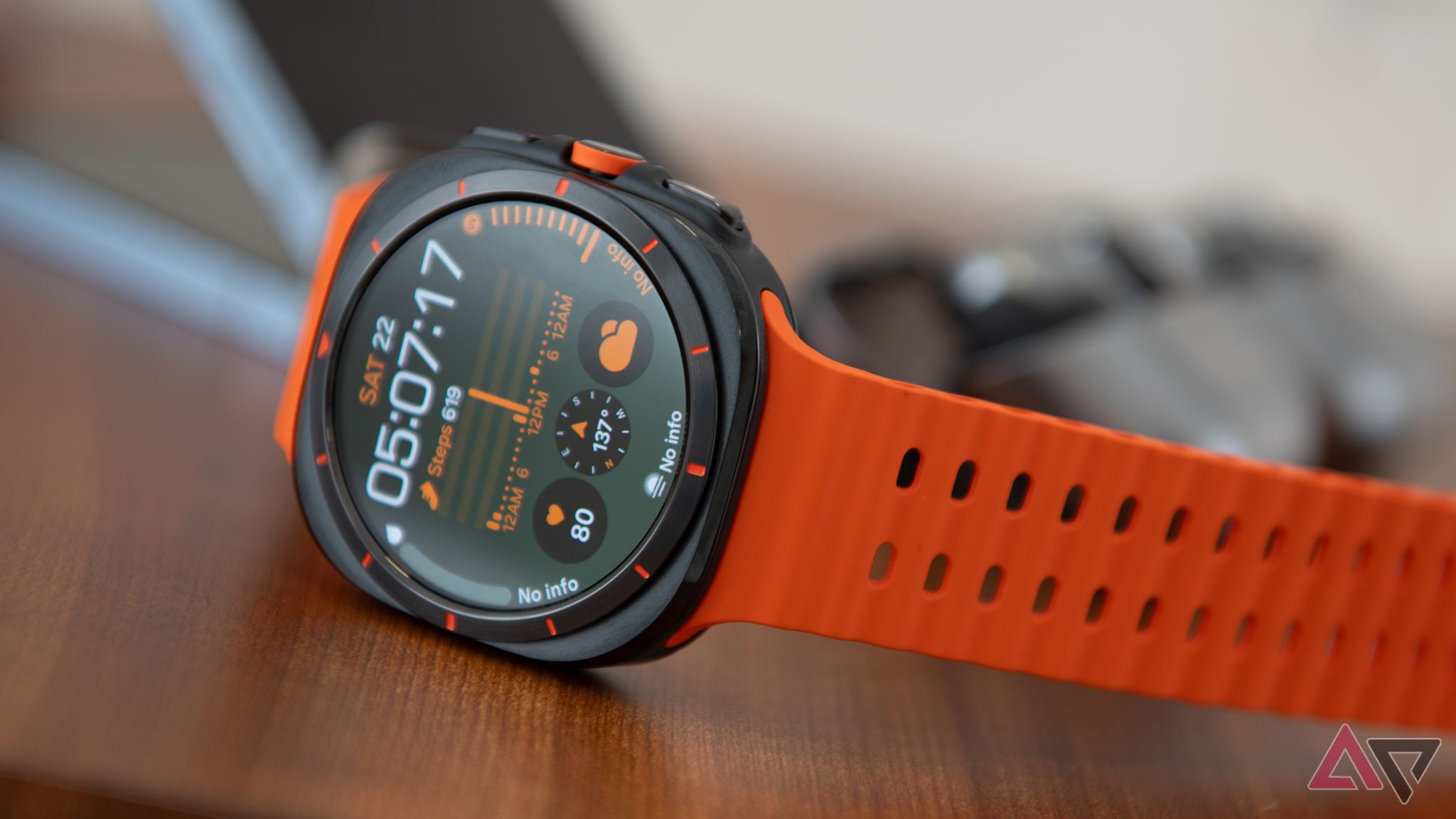
Related
The Galaxy Watch 7 and Watch Ultra are the first smartwatches with Wear OS 5
Yes, even ahead of the Google Pixel Watch
GPU, RAM, and storage
Impressive upgrades here, too
Although the Exynos W1000 and Exynos W930 share the same Mali-G68 MP2 GPU and display support for qHD (960×540) resolution, the new chipset introduces a significant upgrade in the form of a dedicated 2.5D always-on display (AOD) engine. While we are yet to test the improvements in person, Samsung says the new engine allows the watch to offer improved clarity and rich detail for watch faces, making it easier for users to quickly glance at the information they need.
Another significant upgrade on the Galaxy Watch 7 and Watch Ultra is the increase in RAM and storage capacity. The new watches come with 32GB of eMMC storage, doubling the 16GB found in the previous generation. This additional storage lets users store more apps, offline music, and other data directly on their watch. Moreover, the new chip features an extra 0.5GB RAM — taking the total to 2GB — and makes sure apps open quickly and stay in the background for better multitasking.
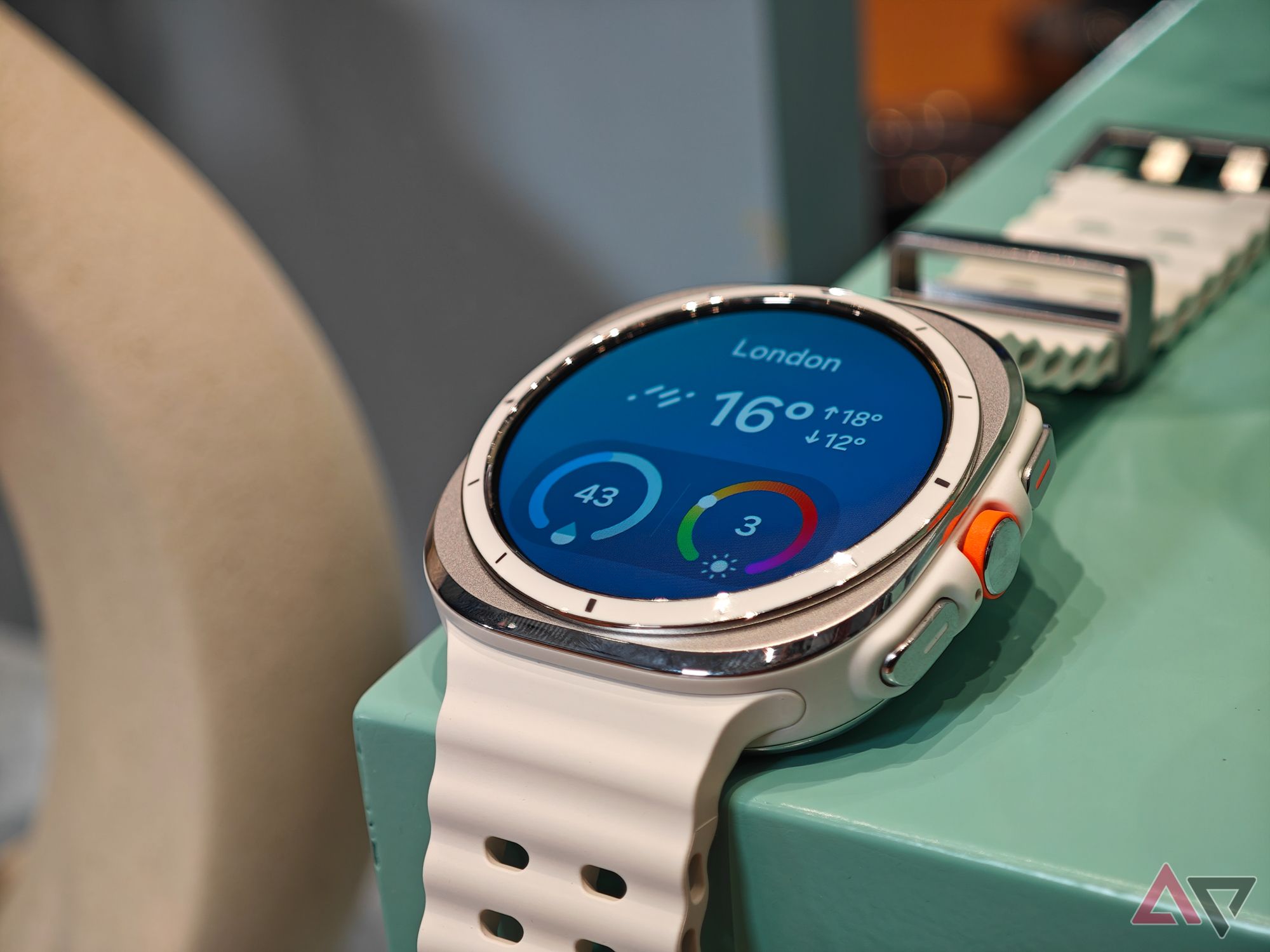
Related
Best Samsung Galaxy Watch Ultra deals: Where to preorder and best bundles
Get these deals while you can
Connectivity and navigation
Dual-frequency GPS is here
In terms of connectivity, both chipsets offer LTE with download speeds up to 150Mbps and upload speeds up to 75Mbps. However, the Exynos W1000 has a significant upgrade in GPS tracking. The new chipset includes dual-frequency GPS, providing more accurate location tracking compared to the single-frequency GPS on the W930.
In terms of connectivity, both chipsets offer similar performance, offering LTE with download speeds up to 150Mbps and upload speeds up to 75Mbps. However, the Exynos W1000 features a massive upgrade when it comes to GPS tracking. The new chipset brings dual-frequency GPS, which means it can provide more accurate location tracking compared to the single-frequency GPS on the W930. This accuracy will be especially noticeable in dense areas where you’re surrounded by tall buildings or trees.
Exynos W1000 is a massive upgrade
On the whole, the Exynos W1000 promises a significant upgrade over the Exynos W930. The new chipset not only brings much-needed performance gains but, combined with Wear OS 5 on the Galaxy Watch 7 and Watch Ultra, can deliver multiple folds in performance and power efficiency compared to the previous generation. The best part is that you don’t have to spend too much to get the new watches. The Galaxy Watch 7 starts at only $300 in the US, and there are great pre-order deals available now to save big.
-
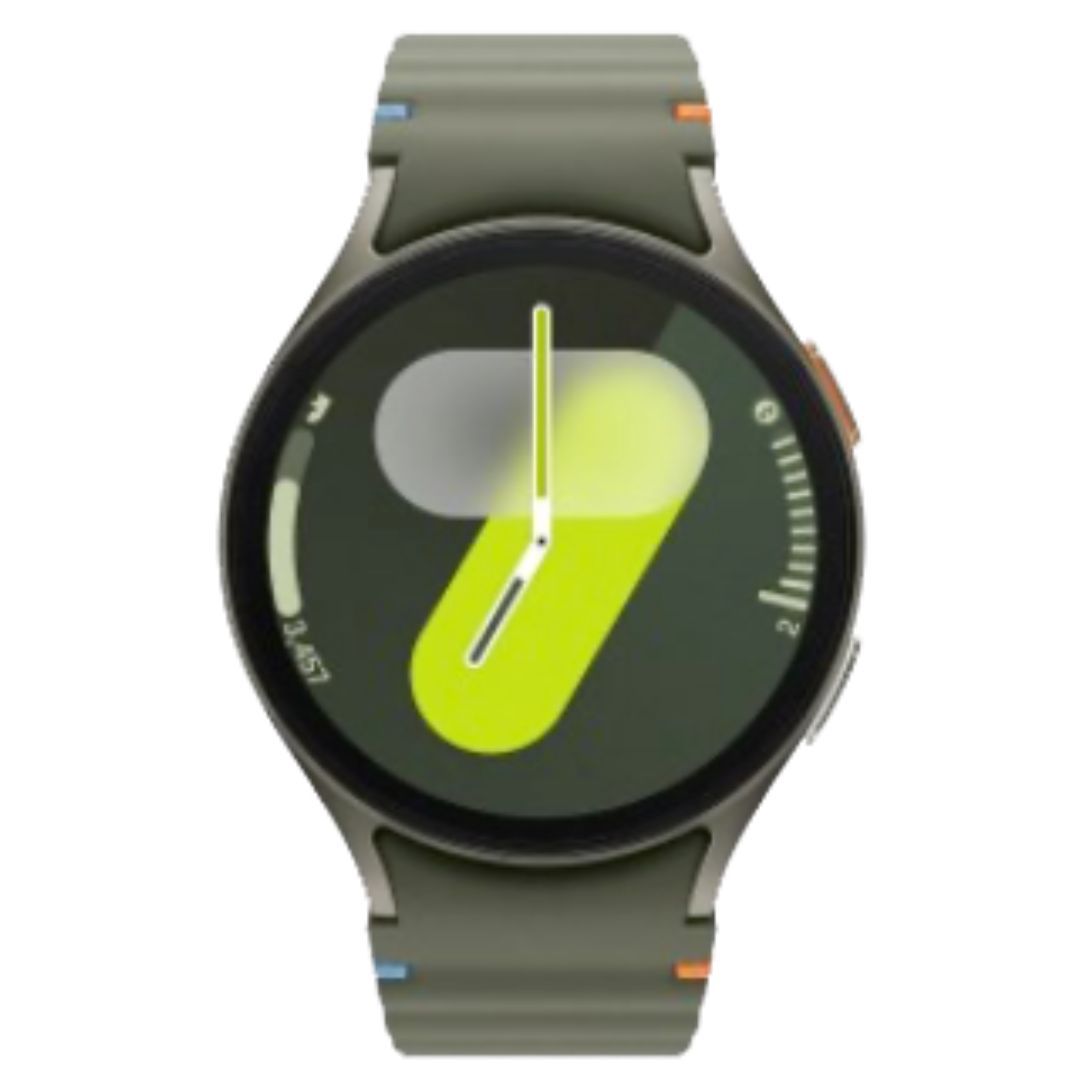
Samsung Galaxy Watch 7
The Samsung Galaxy Watch 7 might not seem like a major upgrade externally, but it boasts significant internal improvements. It features the new 3nm Exynos W1000 processor for better battery life and performance. Additionally, it offers double the storage of the previous generation, an extra half GB of RAM, and is one of the first smartwatches to run Wear OS 5 out of the box.
-
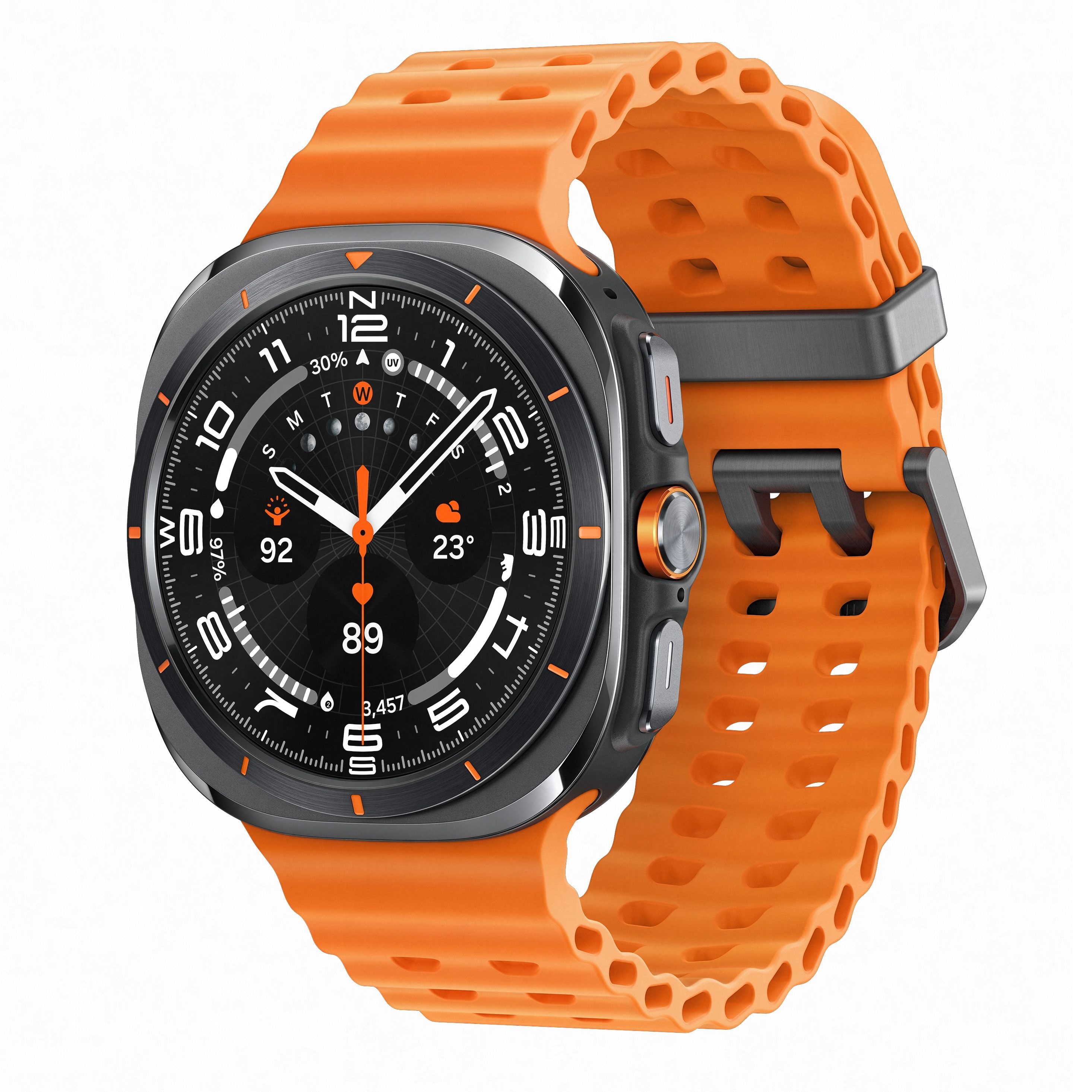
Samsung Galaxy Watch Ultra
The Samsung Galaxy Watch Ultra is the brand’s first ‘Ultra’ generation smartwatch, starting at $650. It’s Samsung’s most premium wearable, designed for outdoor enthusiasts with durable materials and long battery life. It features the powerful 3nm Exynos W1000 processor for top performance and efficiency, and runs on Wear OS 5. If you want the best Wear OS smartwatch, the Samsung Galaxy Watch Ultra is the one.


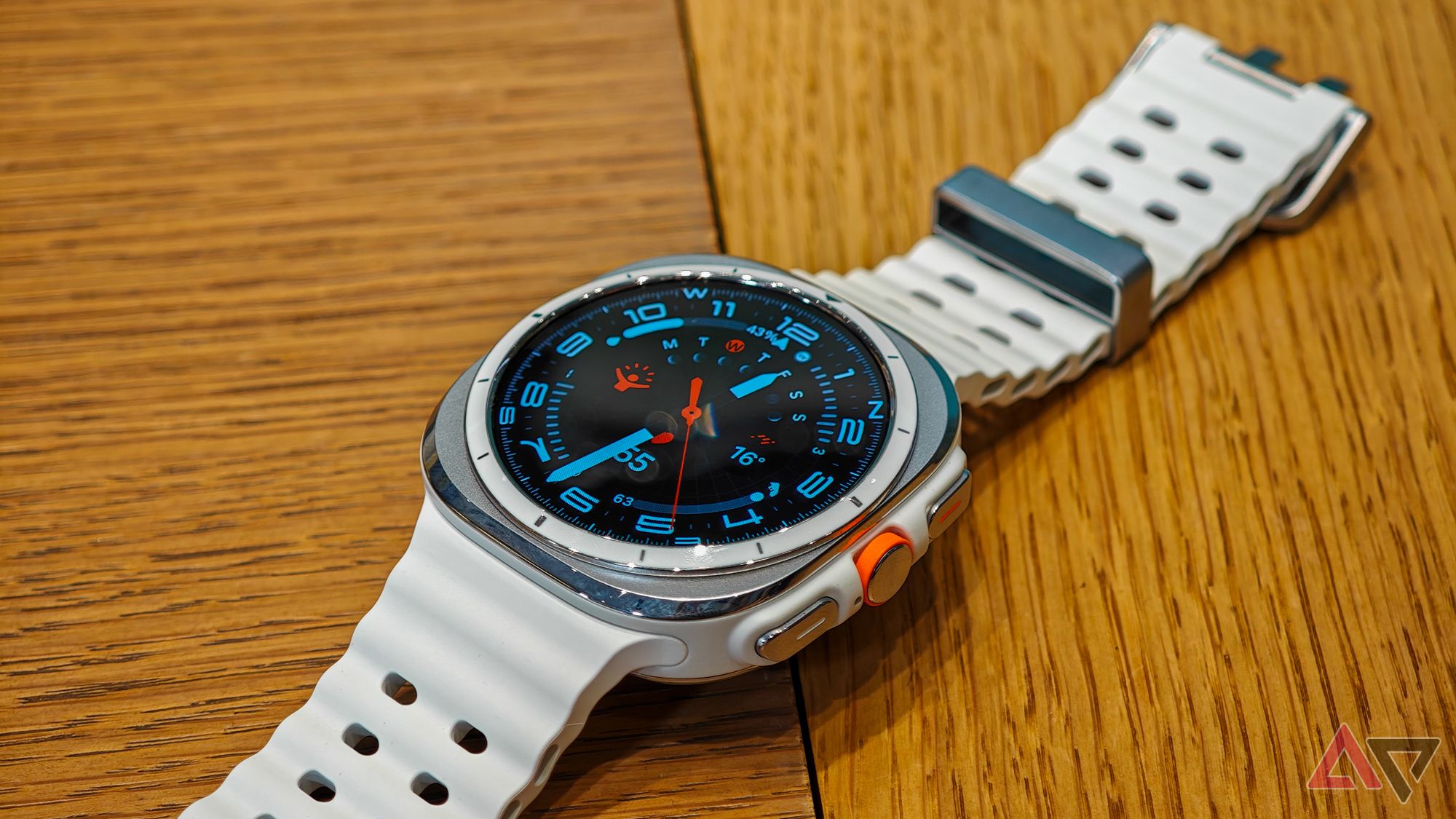
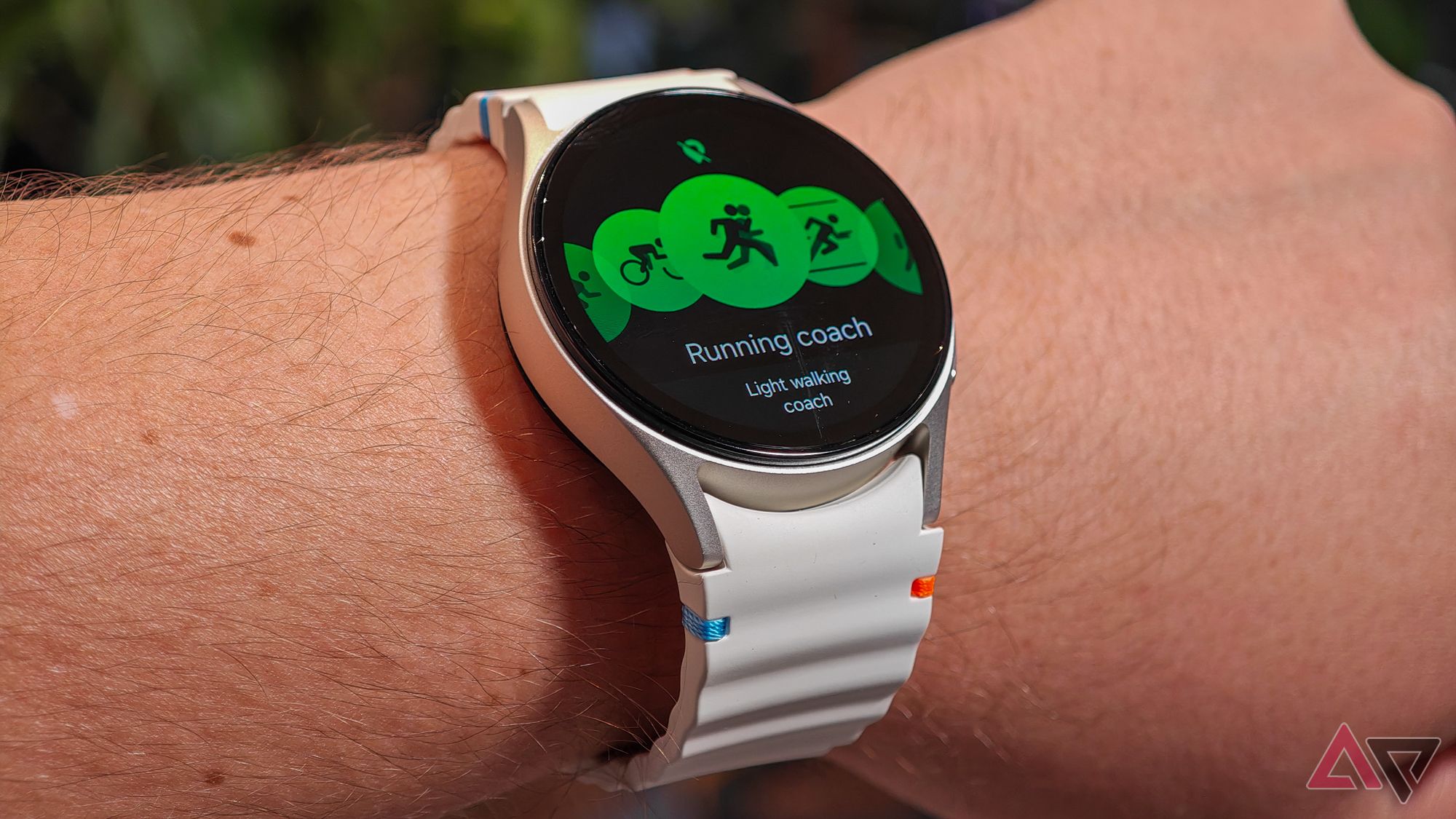






:max_bytes(150000):strip_icc()/roundup-writereditor-loved-deals-tout-f5de51f85de145b2b1eb99cdb7b6cb84.jpg)


